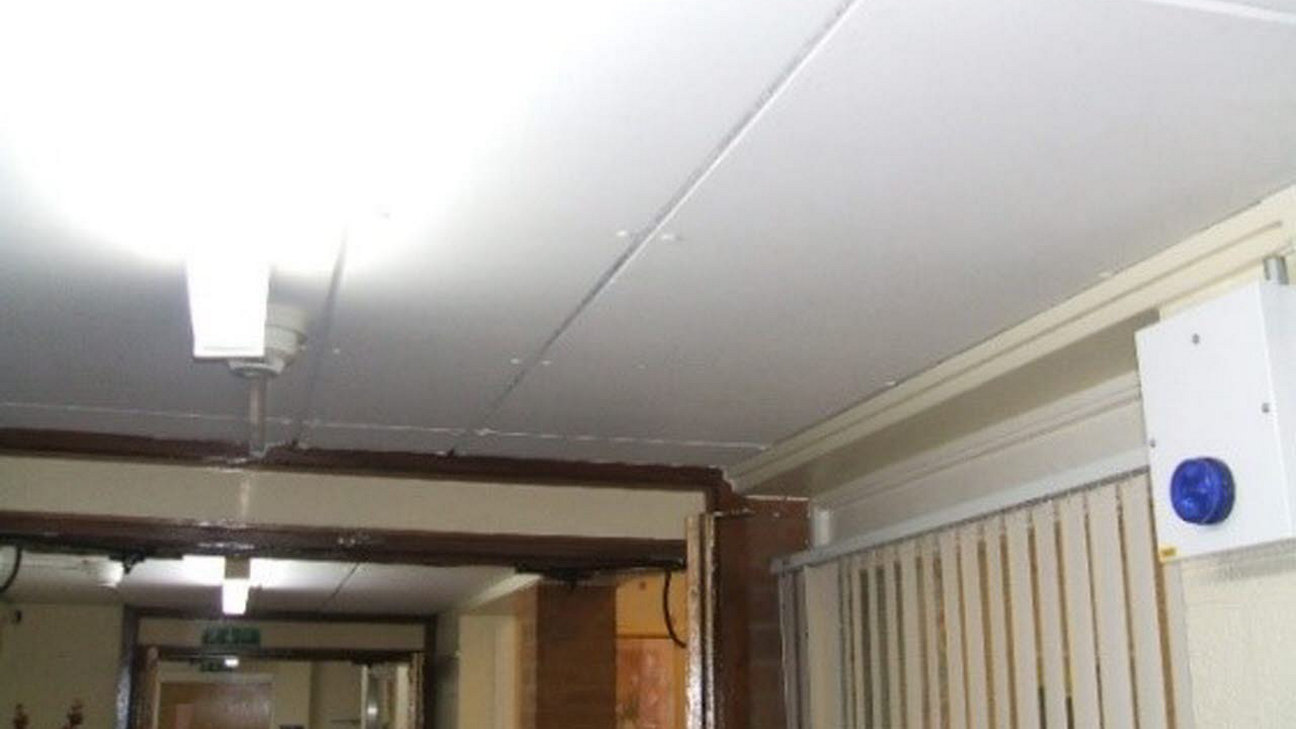In this example, AIB was found forming cases for displays to provide fire protection. It was also found as a lining for picture frames, where it was used to protect pictures from smoke damage or as a mounting board.
Fine art framed in the UK in the 1950s and 1960s was occasionally backed with asbestos insulation board. Some of the artworks encountered bear the label of Jeremy Simmons, Specialist Frame Maker, Great Hormead Dane, Near Buntingford, Hertfordshire. It is not known if this framer attached the artworks to the board or simply framed artworks that were already attached. Some of the artworks attached to AIB at that time were later reframed and so AIB may be encountered in more modern frames and framer’s labels may have been lost or covered.
During 2016 a group of 38 artworks with a seven-figure insurance valuation were carefully separated from asbestos insulation board backings at Museum Conservation Services Ltd. in Cambridge. The artworks were all cleaned on the recto, verso and edges and any areas where asbestos fibres could have been hidden, such as between imperfectly adhered layers of paper/board were also dealt with.
The artworks had been mounted in the 1950s or 1960s. Not all bore framer’s labels but those that did were labelled ‘Jeremy Simmons, Specialist Frame Maker, Great Hormead Dane, Near Buntingford, Hertfordshire’. It is not known if this business attached the artworks to the board or simply framed artworks that were already attached, though one artwork bore a framer’s inscription giving measurements accompanied by the word ‘asbestos’. Some of the artworks had certainly been reframed at a later date. A variety of British and foreign artists were represented in the group and so this is not restricted to a particular artist or school. Artworks that appear to be mounted in a similar manner can be seen in fine art auction catalogues though from the illustrations it is impossible to be certain.









